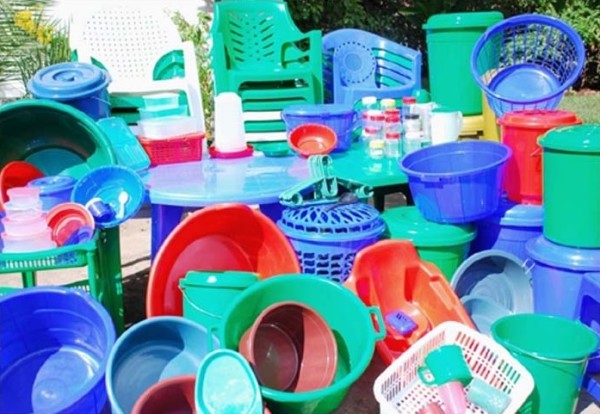Vietnam's plastic industry - Opportunities and challenges in the integration period
Vietnam's plastic industry is being evaluated as a potential industry with a stable growth rate of 16% - 18% during the past 5 years. By participating in bilateral and multilateral trade liberalization agreements (FTAs), especially new generation FTAs, Vietnamese plastic enterprises will benefit from tariff preferences to penetrate and market expansion, opportunities to innovate and upgrade technology, increase production scale from waves of investment and joint ventures with foreign countries. According to the Vietnam Plastics Association, in 2016, domestic enterprises still prioritized investment in exporting packaging because it was suitable for their capacity. The two most potential markets are the European and American markets. In these two markets, our country's plastic export turnover only accounts for 2% of the market share and is enjoying a preferential tax rate of 0%. Meanwhile, products of the same type from other countries imported into this market are being taxed very high from 10% to 30%. On the other hand, our country's products do not have to compete with domestic products because local businesses tend to close or switch production due to high labor costs and European and American governments also tend to encouraging imports of finished products from other countries. Difficulties and challenges for domestic plastic enterprises According to industry experts, the potential of the domestic market is also huge. The average amount of plastic consumed by each Vietnamese person is about 55kg/year and increases 14% per year. Despite the positive growth, in general, plastic enterprises still have to face many difficulties and challenges, especially when the non-tariff barriers are removed in 2016, the pressure on domestic enterprises will increase.

Meanwhile, the plastic industry in some countries in the ASEAN region has had a higher level of production such as Thailand towards the production of eco-friendly, biotechnological plastic products, Malaysia is the supplier of eco-friendly plastic products. polyethylene plastic stretch film. In terms of competition, plastic enterprises are still underdog because domestically produced materials only meet about 30% of demand, the remaining 70% are dependent on imports. In addition, the number of models and product categories of the plastic industry is still monotonous, and there are not many value-added products. Plastic enterprises say that the need for capital to invest in production is very large, so it is necessary to have effective financial solutions to meet the practical needs of capital to expand production and be proactive in resources. ingredient. In addition, in order to create a competitive advantage over foreign plastic enterprises in the domestic market, plastic enterprises restructure the group of plastic products in the direction of reducing the proportion of packaging and household plastic products. gradually increase the proportion of building materials and engineering plastics.